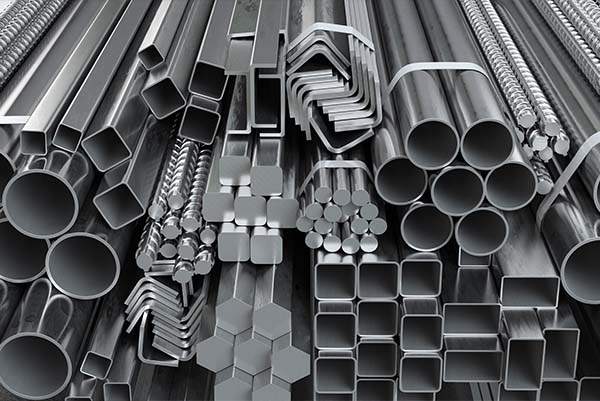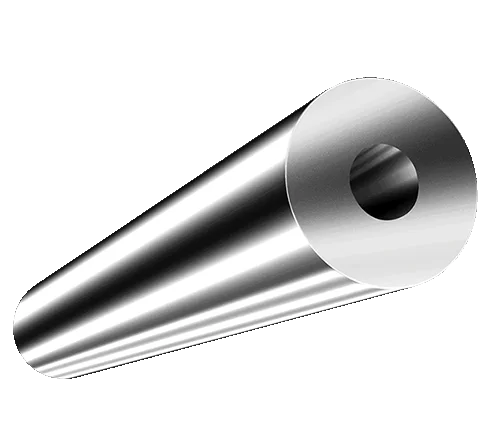Shandong Qilu lndustrial Co.,Ltd.
Unveiling the Secrets of Forging Stainless Steel: A Comprehensive Guide
Introduction

Welcome to our comprehensive guide on forging stainless steel, where we delve deep into the techniques, processes, and secrets behind this fascinating craft. Stainless steel is renowned for its durability, corrosion resistance, and versatility, making it a popular choice in various industries, from aerospace to healthcare. In this guide, we will explore the fundamentals of forging stainless steel, the different types of stainless steel alloys, forging methods, and best practices.
Understanding Stainless Steel
Before delving into the forging process, it’s crucial to understand what stainless steel is and its properties. Stainless steel is an alloy composed primarily of iron, with a minimum of 10.5% chromium content by mass. This chromium content forms a passive oxide layer on the surface, which provides excellent corrosion resistance. Other alloying elements such as nickel, molybdenum, and titanium may also be added to enhance specific properties such as strength and toughness.
Forging Fundamentals
Forging is a manufacturing process that involves shaping metal using localized compressive forces. The forging process can be classified into various methods, including hammer forging, press forging, and roll forging. When it comes to stainless steel, forging offers several advantages, including improved mechanical properties, enhanced grain structure, and better corrosion resistance compared to other fabrication methods like casting.
Forging Techniques for Stainless Steel
When forging stainless steel, several techniques can be employed, depending on factors such as alloy composition, desired shape, and complexity of the part. Some common forging techniques include open-die forging, closed-die forging, and seamless rolled ring forging. Each technique has its own advantages and limitations, and choosing the right one is essential for achieving the desired properties in the final product.
Best Practices for Forging Stainless Steel
Achieving optimal results when forging stainless steel requires adherence to best practices throughout the process. Some key considerations include:
- Proper Material Selection: Choosing the right stainless steel alloy for the intended application is crucial for ensuring optimal performance and longevity.
- Optimized Heating and Cooling: Controlling the heating and cooling rates during forging is essential for minimizing distortion and achieving the desired microstructure.
- Precision Tooling: Using high-quality tooling and dies designed specifically for stainless steel forging helps maintain tight tolerances and surface finish.
- Post-Forging Treatment: Heat treatment, machining, and surface finishing processes may be required to further enhance the properties of the forged stainless steel component.
Types of Stainless Steel Alloys

Stainless steel comes in a wide range of alloys, each with its own unique properties and applications. Some of the most common stainless steel alloys used in forging include:
| Alloy Type | Composition | Characteristics |
|---|---|---|
| Austenitic | Chromium, Nickel, Manganese | Excellent corrosion resistance |
| Martensitic | Chromium, Carbon | High strength, hardness |
| Ferritic | Chromium | Good resistance to stress corrosion |
| Duplex | Chromium, Nickel, Molybdenum | High strength, good weldability |
Understanding the differences between these alloys is crucial for selecting the right material for specific forging applications.
Conclusion
In conclusion, forging stainless steel is a complex yet rewarding process that requires a deep understanding of materials science, metallurgy, and manufacturing techniques. By following best practices and leveraging the right tools and expertise, manufacturers can produce high-quality forged stainless steel components with exceptional strength, durability, and corrosion resistance. Whether it’s in aerospace, automotive, or industrial applications, stainless steel forging continues to play a vital role in shaping the modern world.
FAQ
Q:What are the advantages of forging stainless steel over other fabrication methods?
A:Forging stainless steel offers superior mechanical properties, including increased strength, toughness, and fatigue resistance compared to casting or machining.
Q:Can any grade of stainless steel be forged?
A:While most grades of stainless steel can be forged, the process parameters may vary depending on the alloy composition and intended application.
Q:What are the common defects encountered in stainless steel forging?
A:Common defects include laps, folds, cracks, and surface imperfections, which can be minimized through proper process control and quality assurance measures.
Q:Is stainless steel forging cost-effective?
A:While stainless steel forging may have higher initial costs compared to other fabrication methods, its long-term benefits, such as improved part performance and durability, often outweigh the initial investment.
Q:How does stainless steel forging contribute to sustainability?
A:Stainless steel forging promotes sustainability by enabling the production of durable, long-lasting components that require minimal maintenance and have a reduced environmental impact over their lifecycle.
By addressing these frequently asked questions, we aim to provide clarity and insights into the world of stainless steel forging.
In this guide, we’ve only scratched the surface of the vast subject of forging stainless steel. However, we hope that it has provided you with a solid foundation and sparked your interest in further exploration. Whether you’re a seasoned professional or a curious enthusiast, the world of stainless steel forging offers endless opportunities for learning and innovation.
